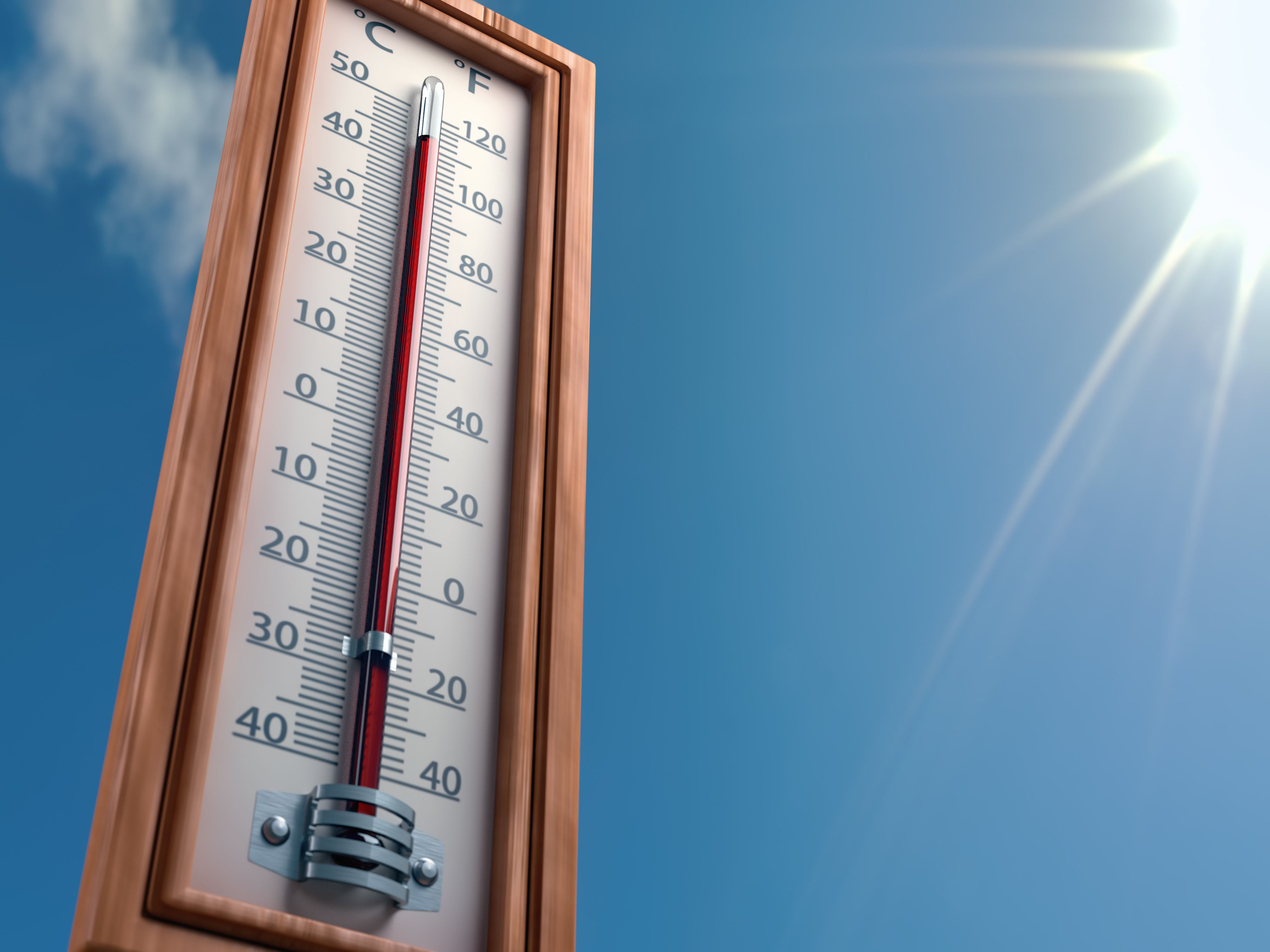News
Article
Rising Heat-Related Mortality in the US: A Growing Public Health Concern
Author(s):
New research reveals the first documentation of a significant rise in heat-related mortality rates in the US through 2023, contrasting with earlier studies that indicated a declining trend.
This research is the first to document the sharp rise in heat-related mortality rates in the US through 2023, contrasting with earlier studies that indicated a declining trend.
Image Credit: Roman Milert - stock.adobe.com

The United States has seen a dramatic rise in heat-related deaths, with mortality rates more than doubling from 1999 to 2023, according to new research in JAMA.1 The study highlights a sharp increase in the last 7 years, coinciding with record-breaking global temperatures, signaling a growing public health crisis as climate change intensifies.
The authors of the research letter analyzed data on all heat-related deaths recorded in the US from 1999 to 2023 using the CDC’s WONDER platform. Specifically, deaths were identified using International Classification of Diseases, 10th Revision (ICD-10) codes P81, T67, and X30, which denote various forms of heat-related mortality. The analysis focused on age-adjusted mortality rates (AAMRs), allowing for direct comparisons across time accounting for differences in population age structures.
A Joinpoint regression analysis was utilized to assess trends in AAMRs and identify points where the trend shifted. The findings revealed that the overall AAMR increased by an average of 3.6% per year from 1999 to 2023 (AAPC = 3.6%; 95% CI, 0.1%–7.2%; P = .04). However, the trend was not uniform throughout the time period. Between 1999 and 2016, there was a non-significant decrease in AAMR by 1.4% per year (AAPC = −1.4%; 95% CI, −4.7%–2.1%; P = .42). This trend reversed significantly from 2016 onwards, with AAMRs increasing by 16.8% per year through 2023 (AAPC = 16.8%; 95% CI, 6.4%–28.2%; P = .002).
From 1999 to 2023, a total of 21,518 deaths were recorded as heat-related in the US, with an overall AAMR of 0.26 per 100,000 person-years. The number of annual heat-related deaths more than doubled during this period, from 1069 in 1999 to 2325 in 2023. The most significant increase in both the number of deaths and AAMR occurred after 2016, coinciding with escalating global temperatures.
The findings indicate an upward trend in heat-related mortality, particularly in recent years, according to the authors. This reversal in the previously observed downward trend is alarming and suggests that the effects of climate change on public health are becoming increasingly severe.
This research is the first to document the sharp rise in heat-related mortality rates in the US through 2023, contrasting with earlier studies that indicated a declining trend. The findings are consistent with global studies that have identified increasing heat-related mortality as a pressing public health issue. As global temperatures continue to rise due to climate change, the trend in heat-related deaths is likely to persist or worsen.
The impact of climate change has permeated various aspects of health care. The American Journal of Managed Care® (AJMC®) took an in-depth look at how asthma is increasingly exacerbated by environmental triggers that are being intensified by climate change.2 Factors like air pollution, higher pollen counts, and extreme weather events are making it harder for asthma patients to avoid these triggers, leading to more frequent and severe asthma attacks. Climate change is particularly worsening conditions for underserved communities, which already face higher rates of asthma. As global temperatures rise and air quality declines, the urgency for adaptive strategies to protect vulnerable populations becomes more critical.
This further supports the need for targeted public health interventions to protect vulnerable populations from the dangers of extreme heat and other climate-related impacts. The authors encouraged local authorities, particularly in high-risk areas, to consider expanding access to public cooling centers, hydration stations, and other measures to mitigate the impact of heat waves.1
Several study limitations were acknowledged, including the potential for misclassification of causes of death, which could lead to an underestimation of heat-related mortality rates. Additionally, increasing awareness of heat-related risks over time may introduce bias into the results. The lack of data for vulnerable subgroups also limits the ability to fully assess the impact of extreme heat on different populations.
“Although a study using data through 2018 found a downward trend in heat-related mortality in the US, this study is the first to our knowledge to demonstrate a reversal of this trend from 2016 to 2023,” the authors wrote. “These results align with site-specific data analyzed in a global study that suggest increases in heat-related mortality. As temperatures continue to rise because of climate change, the recent increasing trend is likely to continue.”
References
1. Howard JT, Androne N, Alcover KC, Santos-Lozada AR. Trends of Heat-Related Deaths in the US, 1999-2023. JAMA. Published online August 26, 2024. doi:10.1001/jama.2024.16386
2. Santoro C. A breathtaking crisis, part 1: climate change worsens asthma. AJMC. June 30, 2024. Accessed August 26, 2024. https://www.ajmc.com/view/a-breathtaking-crisis-part-1-climate-change-worsens-asthma
2 Commerce Drive
Suite 100
Cranbury, NJ 08512
© 2025 MJH Life Sciences® and AJMC®.
All rights reserved.





